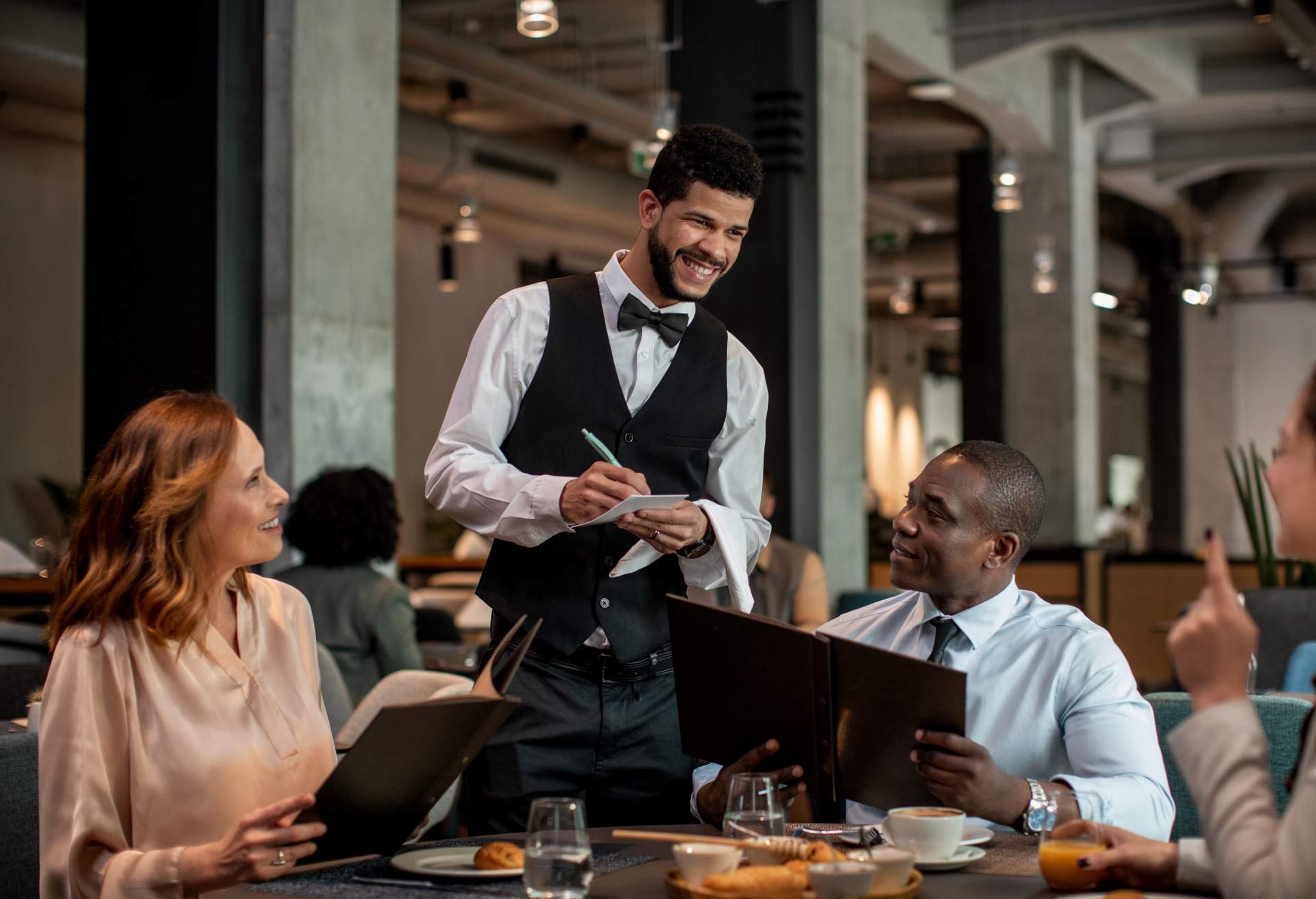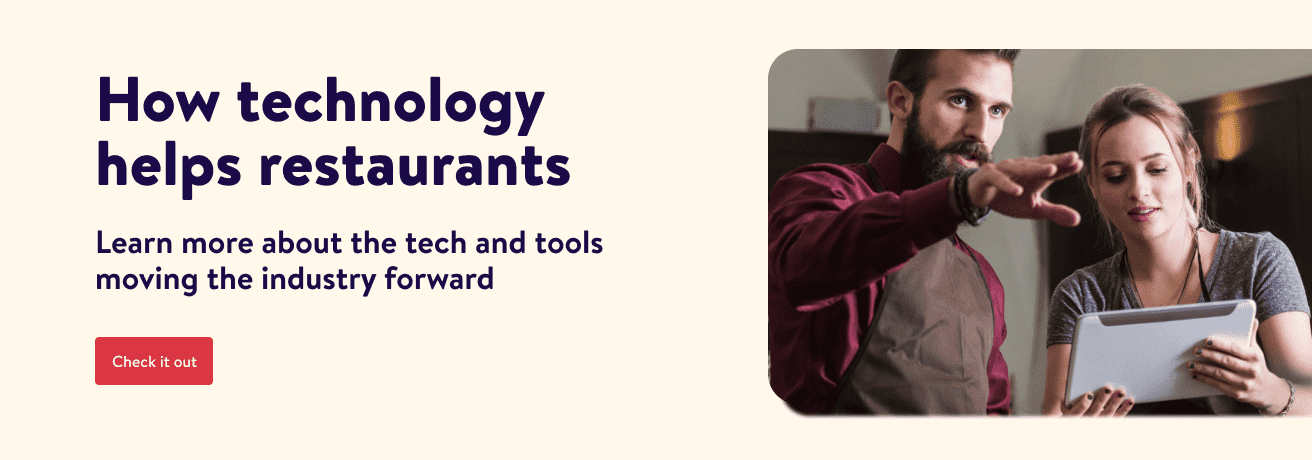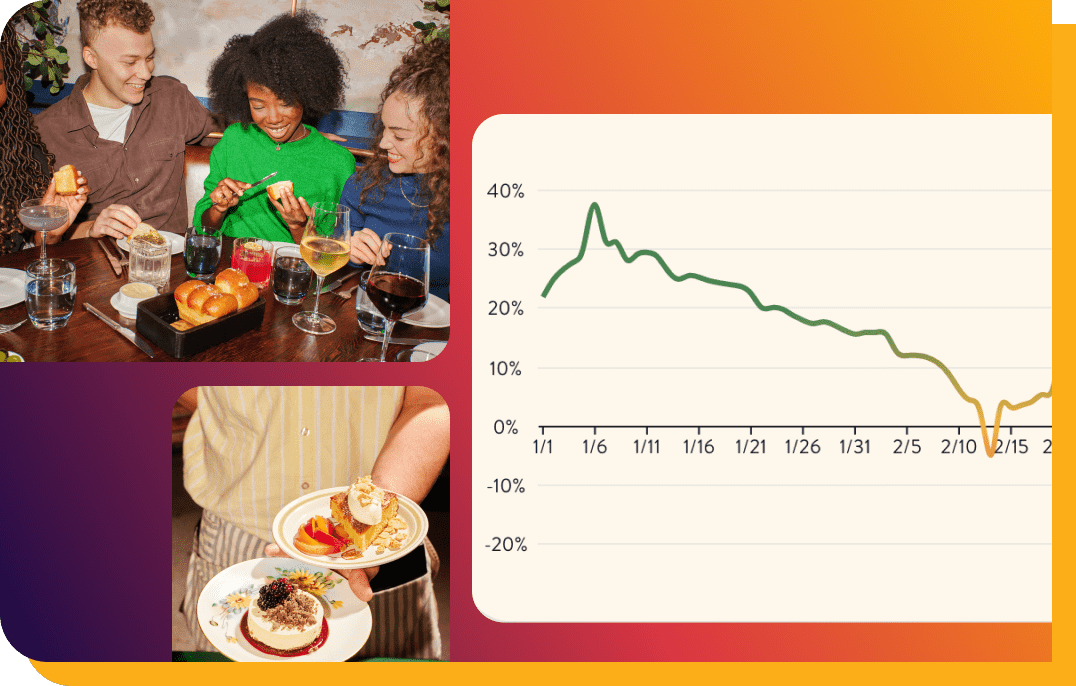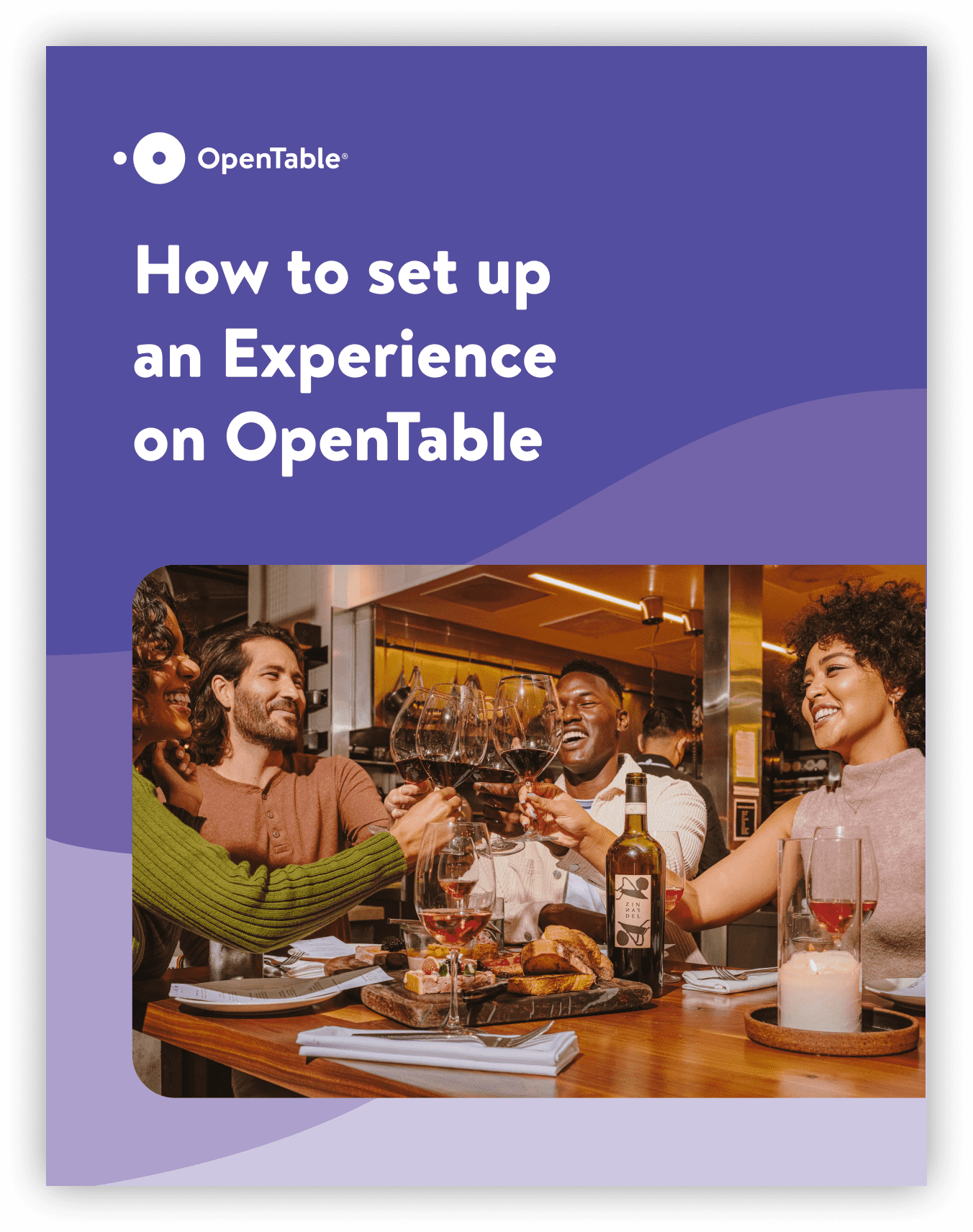By all accounts, it’s never been harder to find people to fill restaurant jobs. Since February 2020, 1.8 million workers have left the hospitality industry, according to U.S. News and World Reports. In their absence, some restaurateurs have found a futuristic way to fill in the gap: robots. It’s one example of how technology has changed restaurants recently.
Around the country, in restaurants that run the gamut from fast food to fine dining, emerging restaurant technology is stepping in to bus tables, run food, take orders, process payment, and even do some of the cooking. Many of these developments, including digital ordering and QR codes, accelerated to provide contactless service at the height of the pandemic.
At the time, reducing contact and social distancing were important. But as restrictions have faded, the demand for these tech-based solutions remains. Restaurant employees aren’t returning in droves to their old jobs, and guests have welcomed the robots. A majority of Gen Z, 65% of them, are happy to have a robot deliver their meal. And 38% of all adults reported they’d be fine with a robot server in a restaurant.
Here are a few of the ways robots, AI, and technology can help restaurateurs offer superb hospitality during a historic labor crunch.
Bussing tables
At Roger Bar & Restaurant in Mountain View, California, guests enjoy high-touch hospitality from human servers. But in the background, robots are lending a hand. Two Servi robots, made by Bear Robotics, roll through the dining room unobtrusively bussing tables. This lets servers focus on guests.
As food and beverage director Jacky Li told Robb Report: “The staff has been comfortable with [the robots], because they’ve been helping them out—they don’t have to constantly run dishes to the back.”
Running food
At Roger, guests don’t interact with the robots. But the machine’s capability goes well beyond bussing. Some restaurants are using them to run food to tables, where guests lift their own plates and drinks from the robot’s trays.
At Lazy Susan, a Chinese restaurant in San Francisco, guests place their order at the counter and then wait for a robot to bring orders of crab rangoon and General Tso’s chicken to their table. When the robot registers that the weight of the plates and glasses has been lifted, it finds its own way back to the kitchen.
Owner Hanson Li told asif.org, the Culinary Institute of Israel, “I thought that this would be a good bridge between creating more work for my staff—to have to go all over the dining room putting food out to guests—and to ask the guests to come up [to the counter], when we call their number.”
Cooking
Back of house, robots are also pitching in, especially in the fast casual sector. Miso Robotics’ Flippy robot can run a fry station with very little human involvement. To date, White Castle has Flippy on the job in 100 locations.
Chipotle is working with Miso Robotics on a frying robot called Chippy to make chips at the chain. In this case, a little extra AI is involved to mimic human cooks more closely. The goal is getting some chips a little darker while others emerge a bit less crunchy. Some will get a touch more salt or lime. In other words, they’ll turn out the same way they would if imperfect cooks were frying them.
“To ensure we didn’t lose the humanity behind our culinary experience, we trained Chippy extensively to ensure the output mirrored our current product, delivering some subtle variations in flavor that our guests expect,” Chipotle VP of Culinary Nevielle Panthaky told Restaurant Business.
Staffing at odd hours
In the best of times, it can be difficult to find people who want to work overnight shifts. That’s why robots are especially welcome at 24-hour restaurants or restaurants open very early or late at night. Denny’s was an early adopter of robots as front of house helpers, but any restaurant operating during the wee hours may benefit.
Serving events
Roger is in The Ameswell Hotel, and while there are no immediate plans reported for robots to do more than bussing in the dining room, Li told Robb Report he looks forward to a time when the robots can take a bigger role in service for hotel banquet events. He imagines them offering hors d’oeuvres and drinks to guests, for example. Few people would object to easier access to snacks.
Delivering food
Recently, El Pollo Loco, a California-based Mexican grilled chicken chain, was one of the first restaurants to test food delivery via drone. “We wanted to lead the way and be the first to deliver a memorable experience to our customers in a cost efficient, fun, and reliable fashion in a way no restaurant brand had previously attempted,” Andy Rebhun, El Pollo Loco’s Vice President and Digital Officer told dot.LA.
And last month, food service company Sodexo announced a partnership with several restaurants to deliver meals to college campuses via 1,000 delivery robots they’ve put in place around the country.
The options for using technology and AI to ease the pain of the labor shortage are as different as the restaurants that rely on them. Whether you need a little help in the form of a single robot busser or something more extensive like a fully robotic fry station, there’s something to consider for every restaurant. Knowing the options on the leading edge can help you make informed decisions today and down the line.





